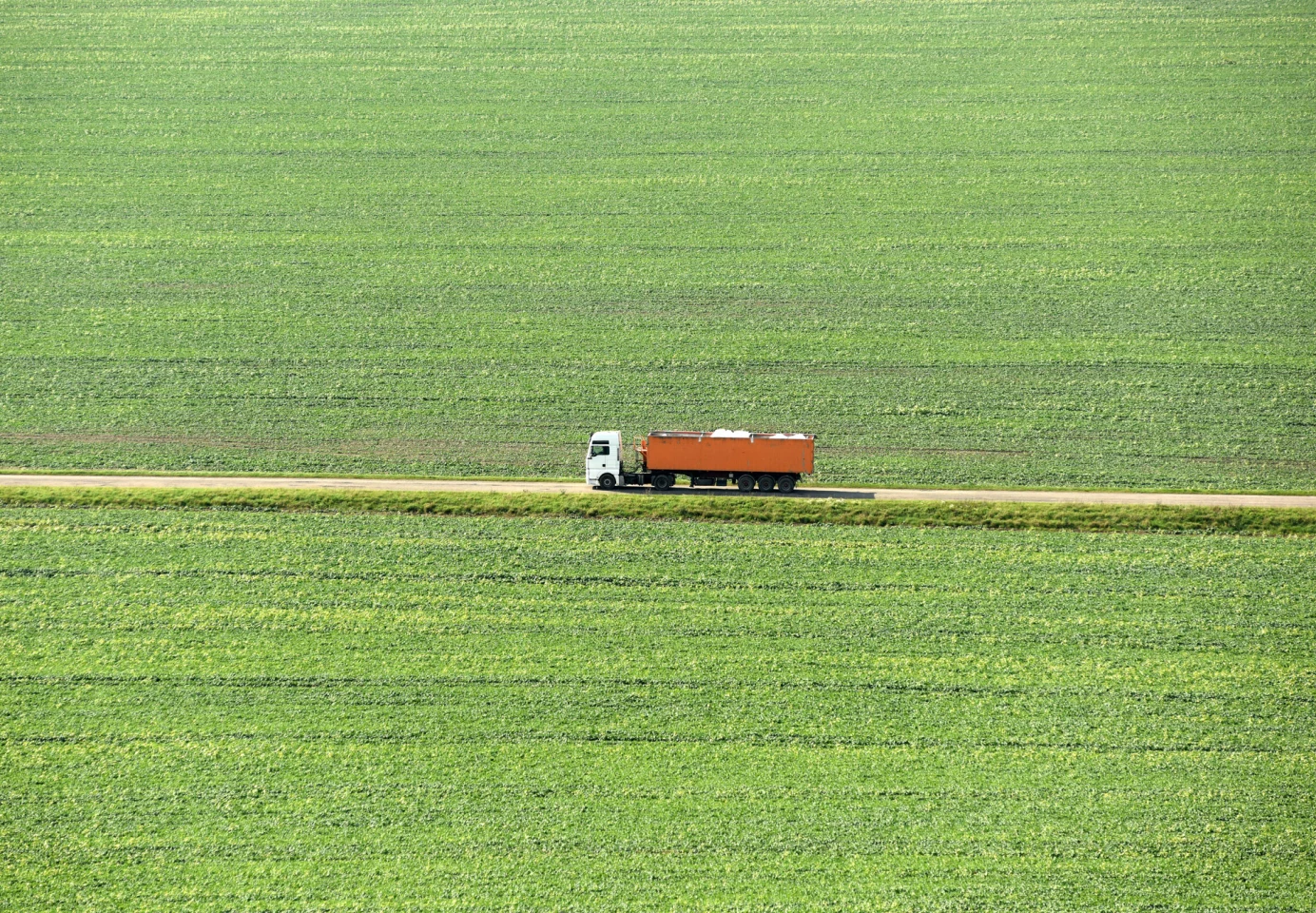Using artificial intelligence to monitor and control existing technologies is likely to give birth to all manner of wondrous new devices in the near future and this indoor vegetable-growing machine is a prime example.
The AGWA is roughly the size of a half-height wine fridge and can sit below counter-height in your kitchen and maintain a supply of fresh herbs and vegetables using minimal time, energy and effort.
It's a complete system, with AGWA supplying the machine, a smartphone app, and a wide range pods that fit inside the trays in the AGWA.

The array of available pods covers the whole gamut, through an array of lettuces, kale, choi, spring onions, herbs and spices, radishes, sprouts and watercress. You can order the seedling pods you want on the app, and they get delivered. Add water, plug it in and ... it's an appliance.

You can even watch the growth of your plants remotely on your smartphone, but the monitoring, adjusting and growing decisions are made and implemented by a computer (AGWA's Cloud-based AI Virtual Agronomist) using three cameras and an array of other sensors to maintain the optimal health of your plants, until they're ready for harvest.
Now it would be very easy to dismiss the AGWA as a solution looking for a problem, but there are some very compelling reasons to have an AGWA in the kitchen.

Feeding a large city requires logistical wrangling on a scale so immense it's difficult to visualize. The systems the food industry has evolved over time all involve lots of haulage and climate-controlled storage. In turn, this has resulted in a long term trend where the average distance our food travels from farm to table in the United States has been growing for decades, and it is already more than 2,000 miles.
It might seem insane that so much energy is consumed and carbon emitted, but the industry obviously believes it is the most efficient way, when all the cold and climate controlled storage give the supply line flexibility to adjust to the nuances of supply and demand.
Guilty pangs of environmental responsibility aside, there are several more compelling reasons all this haulage and storage isn't a good idea: the nutritional degradation of the food and the wastage the current system generates.
From the moment the vegetable or fruit is picked, it begins to degrade nutritionally.

Supermarket fruit and veggies spend weeks, sometimes months in controlled atmosphere storage, which is only part of the reason a third (around 31%) of all fruit and vegetables perish somewhere on their journey from harvest to the supermarket.
Hence your food costs 50% more than it needs to because of wastage alone, and that's before you pay for the freight and atmosphere-controlled storage, advertising, floor space, lighting, signage, all the people involved in the food-chain ... and record profit margins generated by the pandemic.
There's a whole other world of potential pain to be discovered if you begin looking at the lessons we have failed to learn from the COVID-19 pandemic about food security. If a natural or man-made disaster suddenly disrupts the food chain, it will not end well.
We've already witnessed the ineptness of nearly every government in the world to what turned out to be a relatively innocuous pandemic. We were lucky - it could easily have been much worse.
When we began looking into the existing food supply chains the AGWA disintermediates, we realised how long and ridiculously inefficient they were in meeting their purpose, but the most disquieting aspect was their obvious vulnerability to disruption on a biblical scale. There is no "Plan B."

The AGWA's key selling feature is the freshness of the foods it offers.
Cold storage might be adequate for preventing fruit from going mushy and veggies losing their crispness, but it does not prevent the food from deteriorating nutritionally.
Within three days of picking, most produce has lost at least 30% of its nutrients. Spinach can lose 90% of its Vitamin C within 48 hours of harvest. We're guessing that the food industry knows of these nutritional shortcomings, but for the reader, it might help reframe the global supermarket "fresh and crisp" advertising catchcry - it's all they have.
That's the ace in the AGWA feature portfolio - it solves the freshness problem, and ensures you are feeding the only body you have with the best nutrition it can get, instead of eating otherwise identical faux veggies.

There's much to commend this invention, and I do think it has "killer app" qualities, particularly because the world's population is moving into apartments. America has lots of single person homes, but in Europe, more than half the population already lives in an apartment building, two-thirds for some countries. An AGWA will offer apartment dwellers an intelligent response to what they know they have lost by submitting to the efficiencies of a battery-hen environment.
The only problem with this elegant solution to a host of problems is that it locks you in to purchasing AGWA's seedling Pods for the remainder of its working life. There's already a huge industry of people growing plants indoors, this is unquestionably a very good idea, and hence there will soon be competitors for this market space that aren't attempting to sell both the razor and the blades. Try any hacking with renegade seddlings and you'll lose your virtual agronomist AI machine.
Despite a business model that may feel a trifle uncomfortable for the consumer, the AGWA is a very elegant solution to a host of problems, most notably providing fresher, more nutritious food ... and for those who might never have actually experienced it, fresh food tastes better.
Source: AGWA











